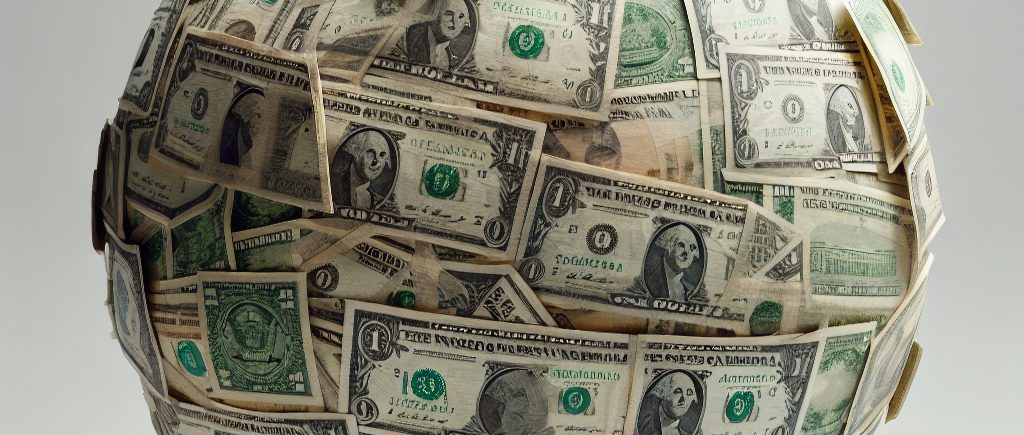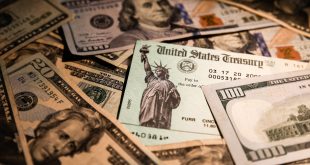
Euro and Yen Surge as Dollar Slips — Numbers Tell a Deeper Story
Both the euro and Japanese yen gained ground on Thursday, supported by a broad weakening of the US dollar and shifting central bank signals across Europe and Asia. The dollar fell by 0.3%, pressured by disappointing labor data and a lingering US government shutdown, which fueled market bets that the Federal Reserve could extend its rate-cut cycle into 2026.
The euro rose 0.4% against the dollar, benefiting from upbeat comments from the European Central Bank that painted a brighter picture of the eurozone economy. Policymakers highlighted the region’s unexpected resilience, noting that growth has outperformed forecasts from earlier in the year and that inflation in services — a key driver of price pressures — is beginning to ease.
Still, not all eurozone data supported the rally. Retail sales fell 0.1% in September, missing expectations of a 0.2% increase, signaling weaker consumer spending. Meanwhile, German industrial production rose just 1.3%, well below the 3.0% growth economists had anticipated, underscoring softness in Europe’s manufacturing backbone. Despite these setbacks, investors viewed the euro’s rebound as evidence that the ECB may have reached the end of its rate-cut cycle — a contrast to the Fed’s more dovish outlook.
In Asia, the Japanese yen strengthened by 0.6% as falling US Treasury yields boosted demand for low-yielding safe-haven currencies. Japan’s services sector also provided a tailwind, with the October PMI revised up to 53.1 from 52.4, reflecting a healthier pace of expansion.
However, domestic challenges continue to weigh on Japan’s outlook. Real cash earnings fell 1.4% year-on-year in September, marking the ninth straight monthly decline and highlighting ongoing pressure on household spending. Markets now assign only a 51% probability that the Bank of Japan will raise interest rates at its December 19 meeting, underscoring investor caution amid political uncertainty and a slow path toward policy normalization.
In short, the euro and yen’s climb was not merely a reaction to a weaker dollar — it reflected diverging monetary paths and mixed economic realities. Europe’s cautious optimism and Japan’s fragile recovery provided extra momentum, but unless wage growth and consumer demand strengthen, these rallies may prove difficult to sustain once the dollar regains its footing.
 Noor Trends News, Technical Analysis, Educational Tools and Recommendations
Noor Trends News, Technical Analysis, Educational Tools and Recommendations




